Tequila, a town that represents Mexico all over the World
There’s almost no way you can hear the word “Tequila” and not think about colorful Mexico. It doesn’t really matter where on earth you live, if there’s something that immediately represents México, that must be Tequila.
If you are not familiar with the country, then it is most likely that when you hear the word Tequila, your imagination makes you think of the famous liquor and not necessarily the town where it comes from and from who it derives its name.
The History of Tequila
The Tequila Goddess Wall mural Municipio de Tequila (Tequila Town Hall)
City of Tequila This community was given the name Santiago de Tequila when it was founded by the Franciscan Friar Juan Calera on April 15. 1530 as a settlement for the Caxcane Indians that lived scattered around the Chiquihultillo Mountains. In 1541 this group of Indians joined other Chichimeca tribes in Jalisco in a revolt against the Spanish that is known as the Mixton War. Father Calero was killed trying to mediate a settlement. The first Viceroy of New Spain put down the rebellion, but not until after the city of Guadalajara was forced to relocate to a more defensible location. The name tequila comes from the native name for the volcano, “tequillan” or “tecuila”, that has been interpreted to mean “a place where they cut,” most likely referring to the obsidian that was mined here since ancient times. Other possible interpretations include the “place of tributes.”
During the colonial era, Tequila was the administrative capital of the area, and by the XVII century, it was at the center of the tequila industry. By then, both the social and economic activities of the region became linked to the cultivating and processing of agave to make the “mezcal wine” that later became what is now called “tequila” by the middle of the XIX century.
In the XVII century, the state created the Real Estanco, a monopoly for the tequila industry that regulated the manufacturing of the spirit. prosecuted adulterators and controlled the trade. By the beginning of the XIX century, the town had definitively taken on its industrial character. In 1874 it was elevated from a village to a city by the State Congress in honor of the heroic effort of its citizens in resisting Manuel Lozada, El Tigre de Alica, a bandit and insurgent who was formerly a general in the service of Emperor Maximiliano I during the French intervention in the 1860s.
Since that time numerous distilleries were established along the banks of the Atizcua River, also known as La Tuba, which flows by the city. In 1888 a description was published by Antonio Garcia Cubes:
“(Tequila) has many fine buildings, especially the ones that surround the main plaza. adorned in the contemporary style. The principal industry consists of producing the “vino aguardiente de mezcal” as has been well known for some time due to the great quantity that is sent to diverse areas of the county and to other lands.”
On the west side of town are found the majority of the historic industrial facilities of what was originally known simply as mezcal wine. Their old chimneys are part of the urban landscape. The historic urban landscape also includes important buildings of colonial and neoclassic styles that co-exist with buildings of humble construction.
The Ancient Industrial Facilities of Tequila were included in the designation of the Agave Landscape as a World Heritage Site by UNESCO (United Nations’ Education. Science and Cultural Organization) when they were listed on July 12, 2006, based on several unique criteria, including:
“The collection of haciendas and distilleries, in many cases complete with their equipment and reflecting the growth of tequila distillation over the past two hundred and fifty years. are together an outstanding example of distinct architectural complexes which illustrate the fusion of technologies and cultures.”
How to get to Tequila
An excellent way of understanding and experiencing this history and legacy is to take one of the many Tequila Tours, you’ll visit the town, the sights and of course, one of the many Tequila factories, in some cases you’ll be able to see the agave fields, the harvesting process and the steps of Tequila production, including the distillation process.
There are different ways to enjoy this tour, either by train (the Tequila Express) or special tours by land. There are special tour buses that leave Guadalajara, a large colorful city less than one hour from Tequila city.
However, if you are a free spirit, you could take your own trip. The drive to Tequila itself is a journey in time and just walking along the cobblestone streets, the main square and smaller side streets will take you on a discovery of this land full of culture and tradition.
From Puerto Vallarta there are tours that take you there, contact us for options, you can also rent a car and drive there, not too complicated either.
What to do in town
Capilla Del Señor De Los Desamparados, Tequila
The town of Tequila is full of events, fiestas, and festivities. One of the most important festivals is the National Tequila Fair, held from approx. November 30 to December 12, includes a great variety of activities, one of the most anticipated is the exhibition of the main Tequila manufacturers, offering samples of their liquor varieties and offering exceptional prices to visitors.
Blue Agave fields, Tequila
One of the town traditions that can’t go unnoticed is the Blessing, carried out every day at 9 o’clock at night. At that point in time, the city comes to a standstill for a moment to receive the priest’s blessing at the third toll of the local church bell.
With few flat places, strolling through the streets of Tequila is an irregular undertaking. In some locations, such as Cerro de Tequila, to the south, we find heights of up to 2,900 meters and 2,300 meters to the east, in the famous Sierra de Balcones.
Here are some of the places you can not miss in Tequila:
- The main square and the colorful kiosk located there
- Templo de La Purísima – parish dedicated to Saint Santiago Apóstol
- Señor de Los Desamparados Chapel (Hospitalito de Indios de Tequila Chapel)
- The Municipal Palace (where you can find some works of art).
- Viceregal Portal
- Cleofas Mota Food Market
- Old Mesón and Store of the Gold Ball
- Sauza Family Museum
- House of Culture
- Jose Cuervo’s Tavern
- La Rojeña Distillery
- Mundo Cuervo
- Quinta Sauza
- Distillery La Perseverancia
- National Tequila Museum
- Old Tequila Wash Houses
- Visit the Agave Landscape which is at the foot of the Tequila volcano.
Map with the main attractions in Tequila
Tips & Souvenirs
If you are wondering what kind of clothes to take on your trip to Tequila, we can tell you that the average temperature is 74°F (23.2°C), but during the day temperatures are around 86°F (30°C) so wear light clothes, comfortable shoes and use sunblock as the sun shines strongly on these lands. However, if you visit the city during the summer-autumn months, from June to October, you should prepare for a rainy day too.
Tequila Souvenirs, beyond the typical Tequila bottle
Even though Tequila is the main souvenir you’ll be taking from your visit, you’ll also find a wide variety of crafts, that are not as well known worldwide as an alcoholic beverage but are also representative of this town. Souvenirs made with Rainbow Obsidian stone, a volcanic rock that can be found at the foot of the Tequila Volcano, is a recommendable gift.
If Tequila is your passion or you are just a fan of good liquor and want to know everything about it, there is no better place to do that than in the land that witnessed its birth, here every corner is part of its history and is a tribute to the iconic Mexican elixir.
The Best Tequilas
Thanks to the globalized economy and better trade treaties, you now have better access to quality tequilas, no more Cuervo Gold or other low-quality options you could only wash down with lemon and salt. These are a few good and very good options, quality Tequilas you’ll be able to enjoy like a good Cognac, in small sips and reveling in the superb flavor.
Where is Tequila, Jalisco, Mexico?
Tequila is both a town and municipality in the Mexican state of Jalisco 43 miles (69 km) West from downtown Guadalajara, the drive time and distance is more or less the same via toll highway and the free road (known as “la libre”), an hour and 5 minutes.
I would recommend taking the free road (40 miles / 65 km), as you go through small towns, you get a feel of the terrain, the landscape and what is known as the Agave landscape, plus you save some money, who doesn’t like that, just drive a bit slower so you can enjoy it. The toll highway is very sterile and straight cement and only when you are almost at the exit to Tequila do you get to see a few blue agave plantations.
Last Updated on 12/08/2022 by Puerto Vallarta Net



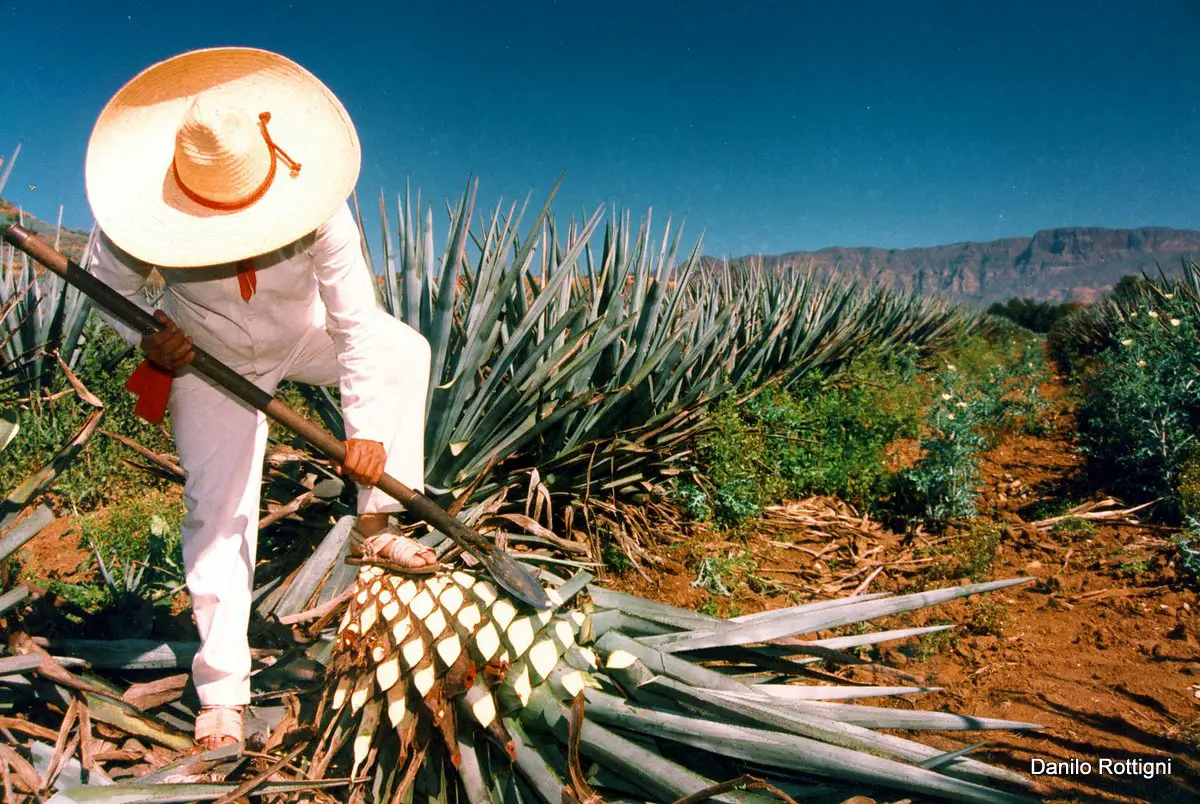
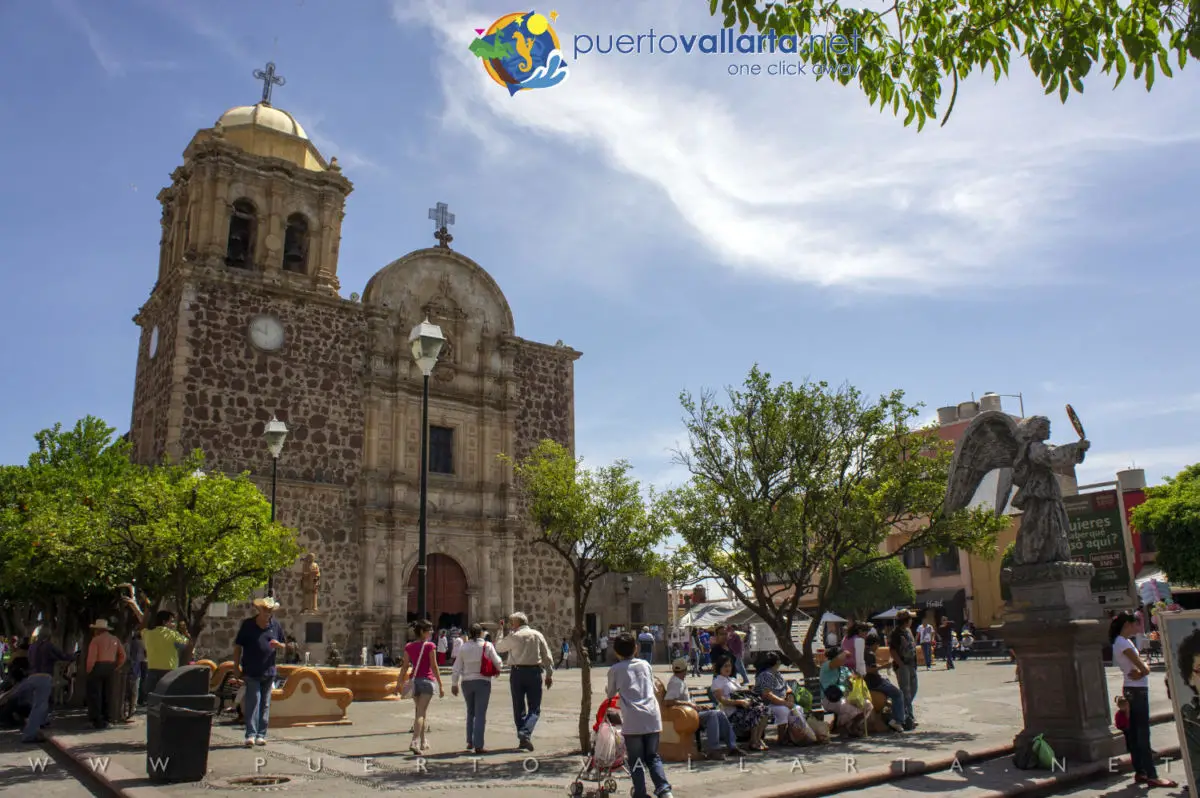
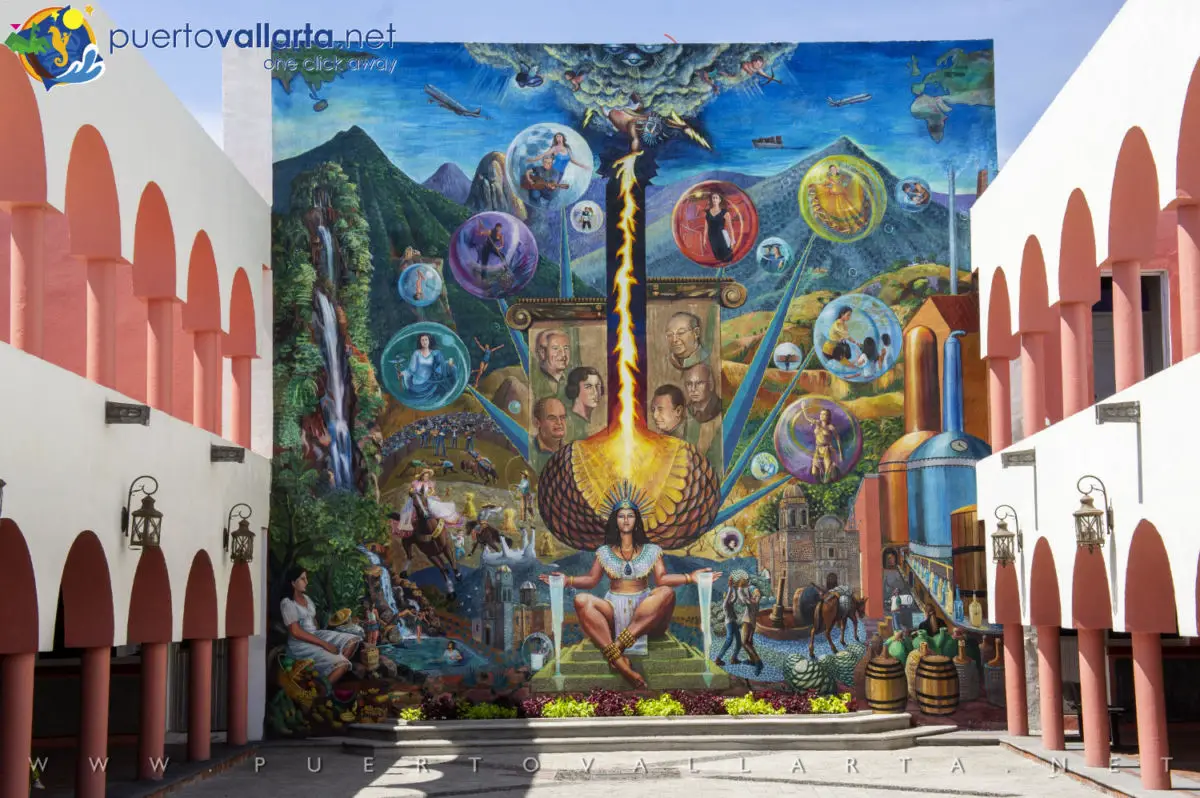
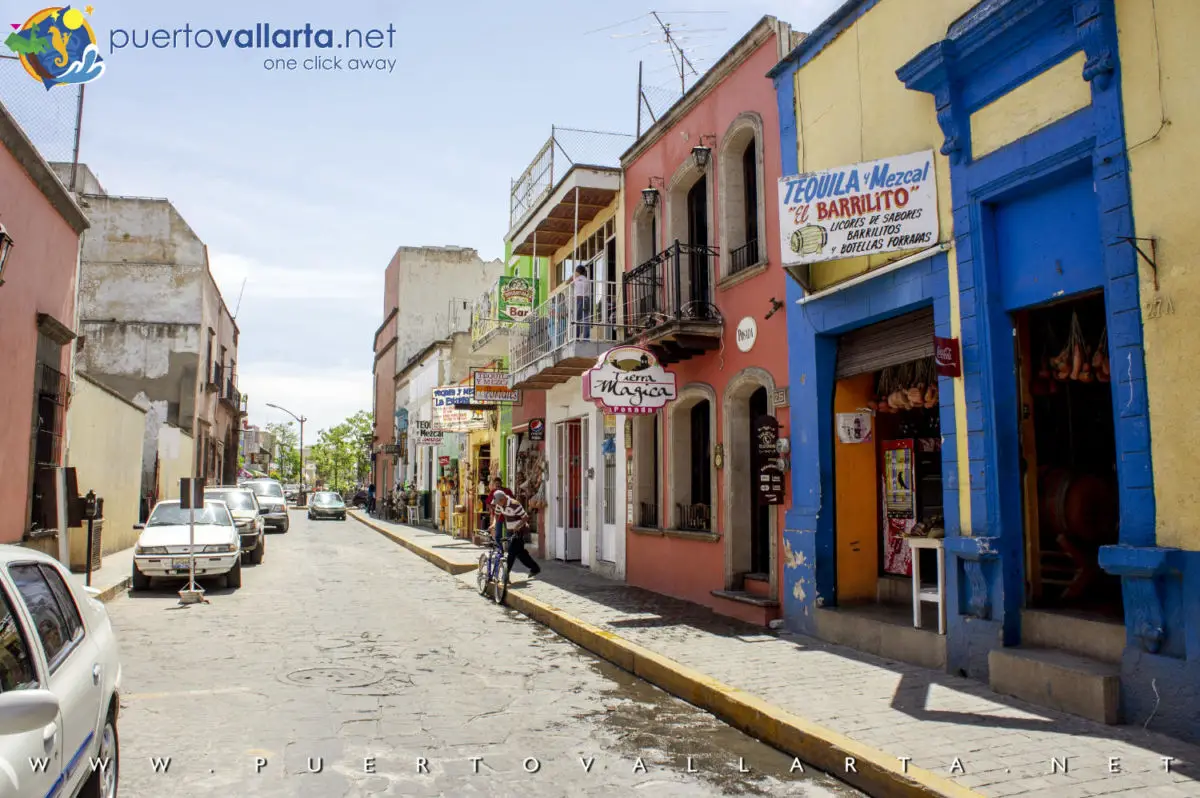

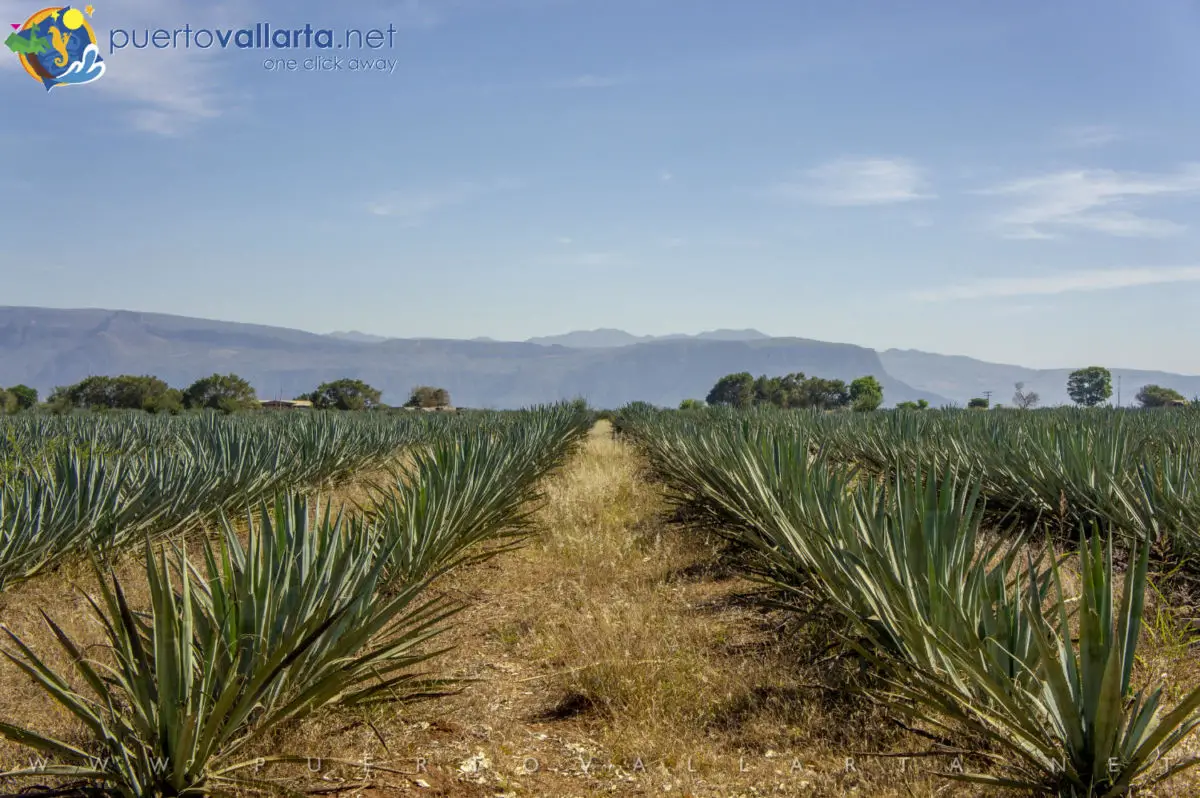
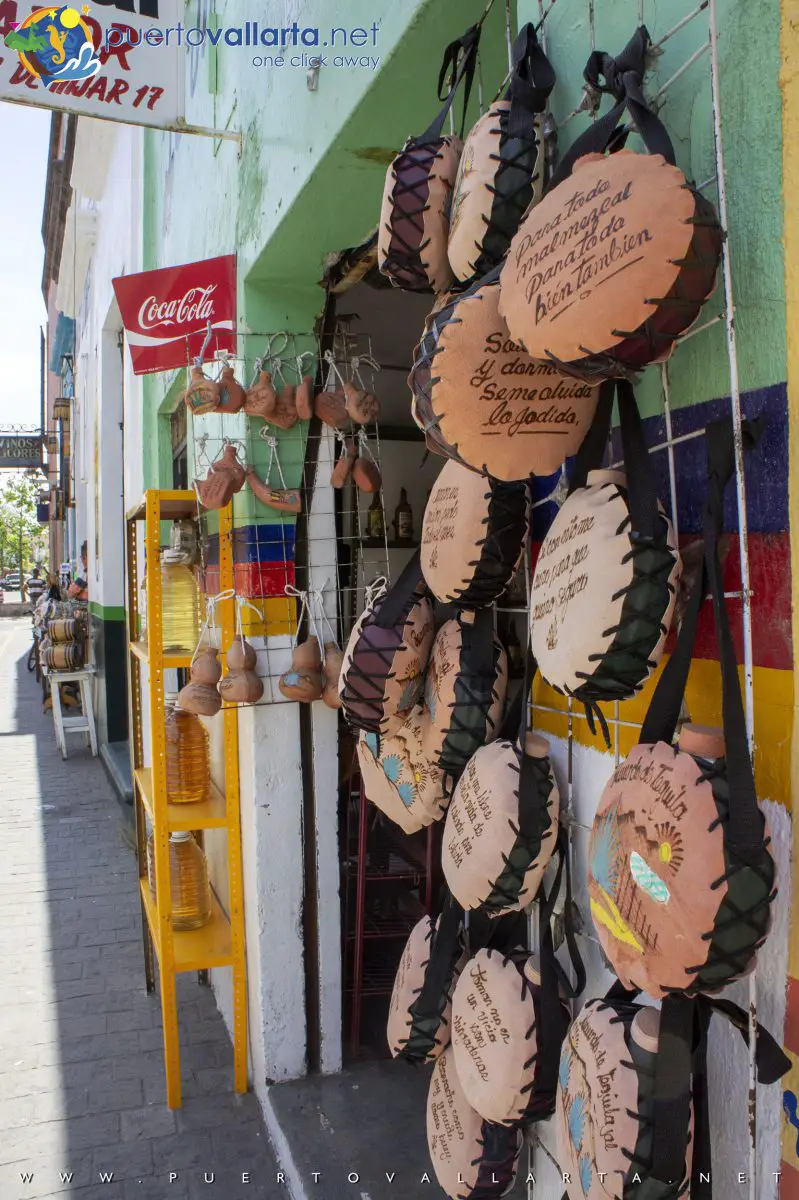
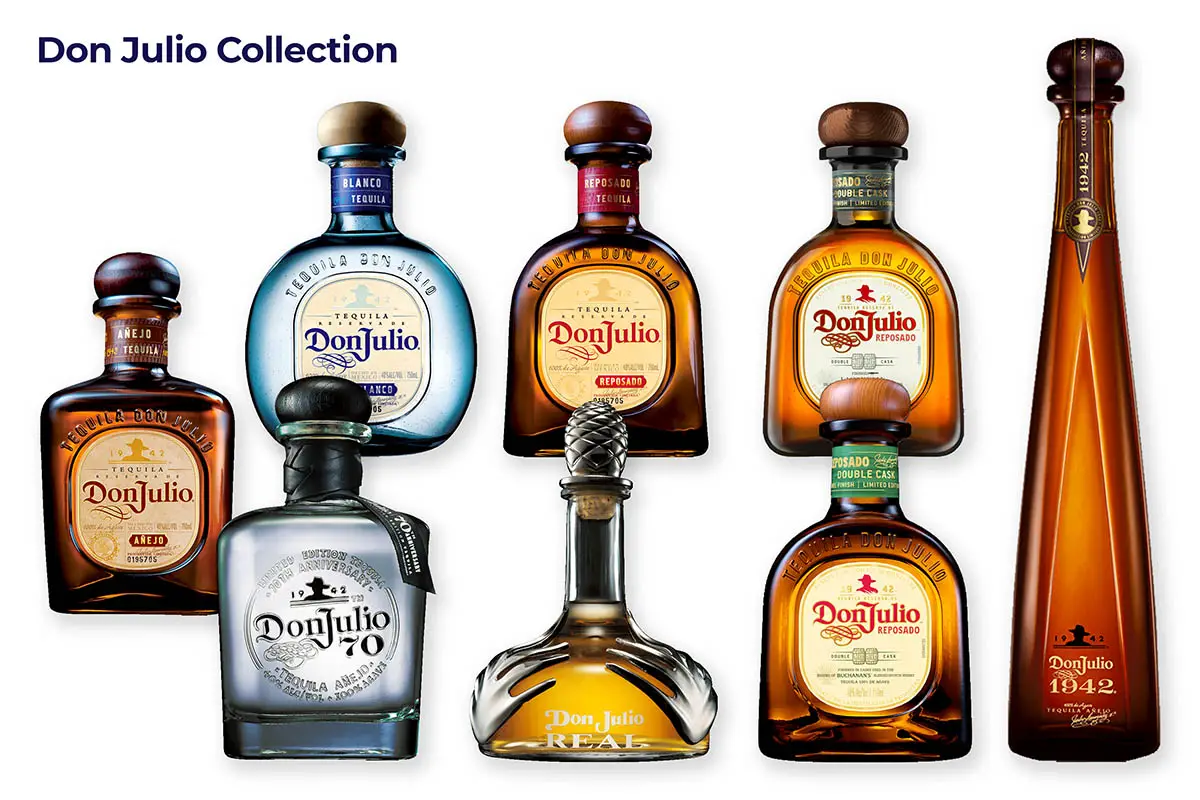

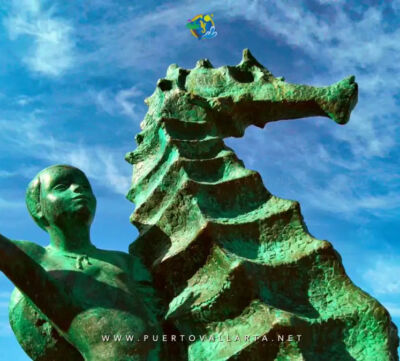
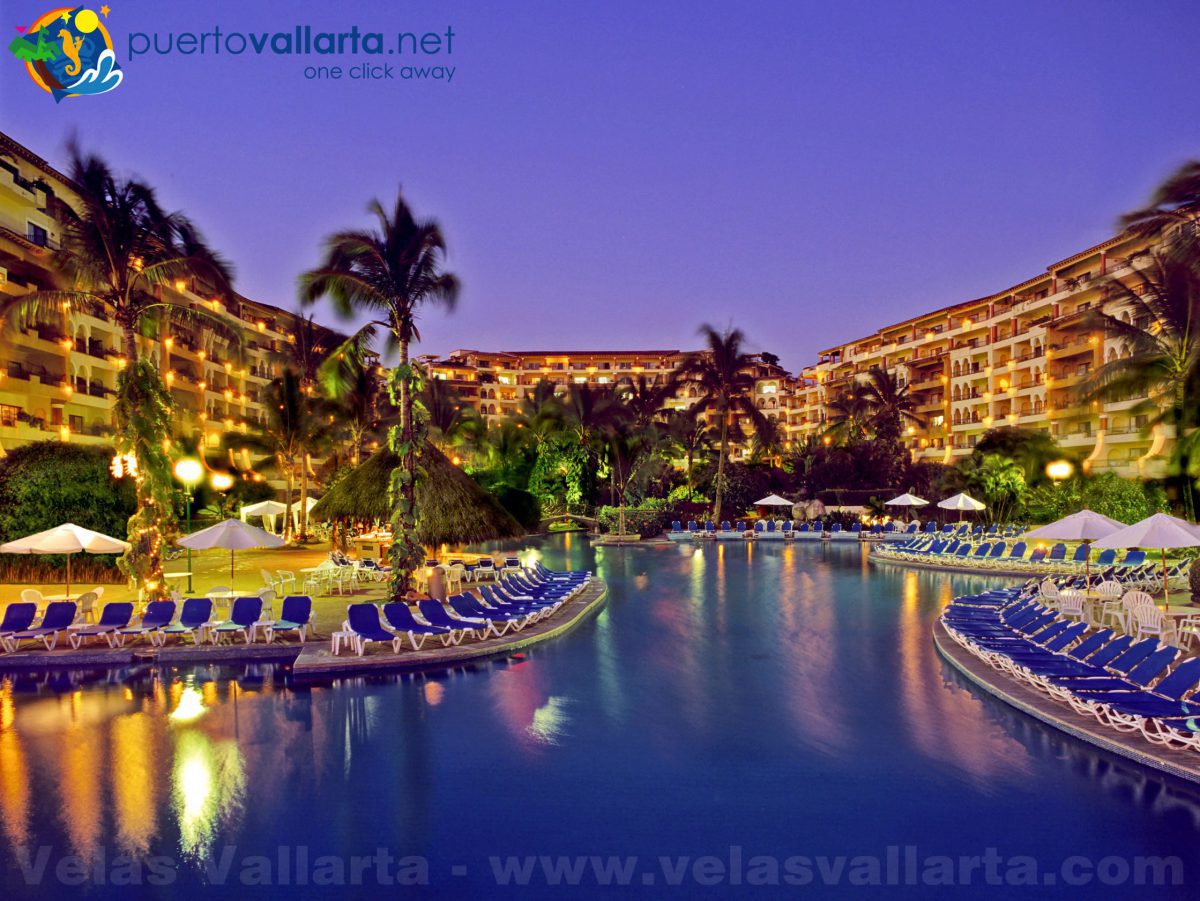

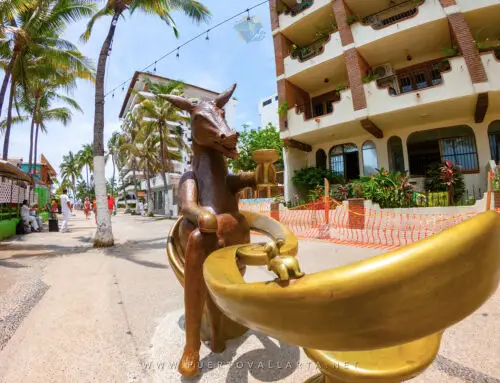
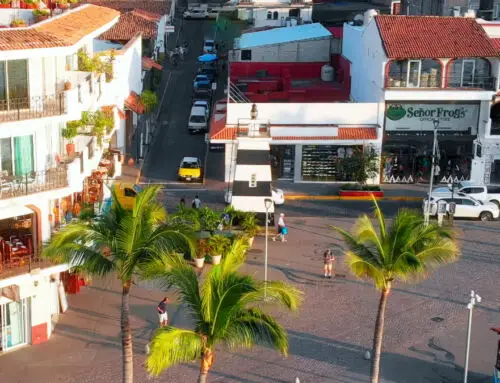
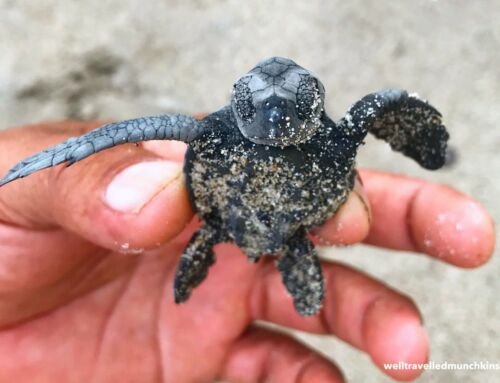
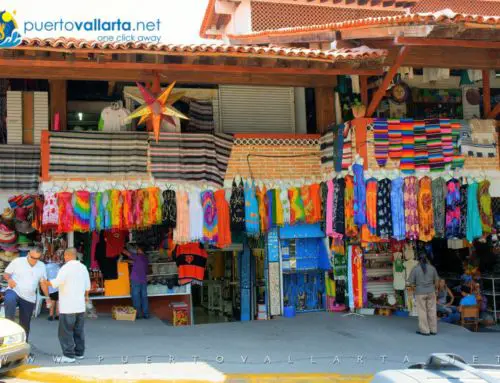
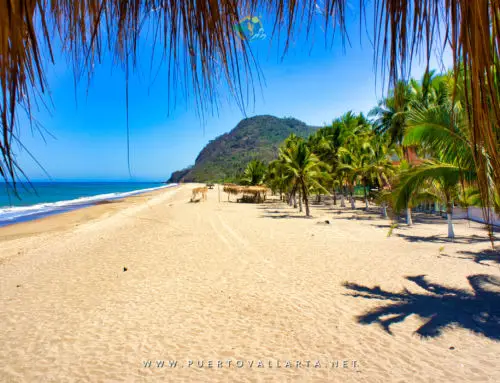
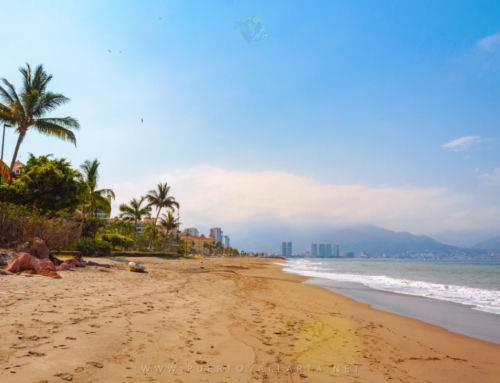
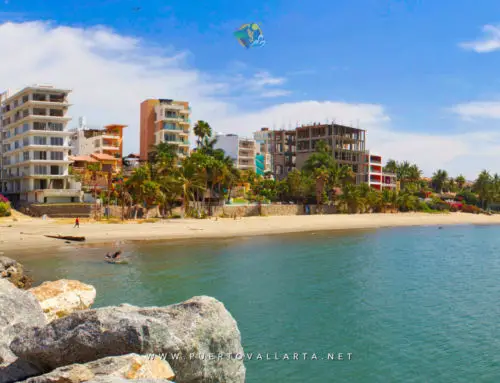
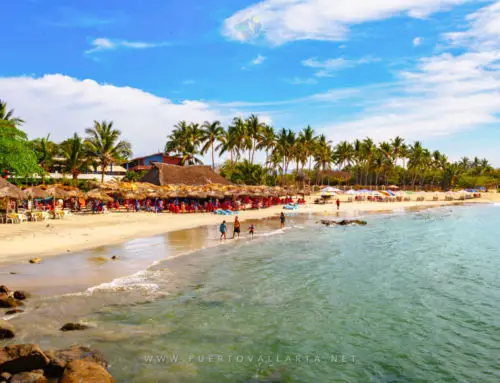
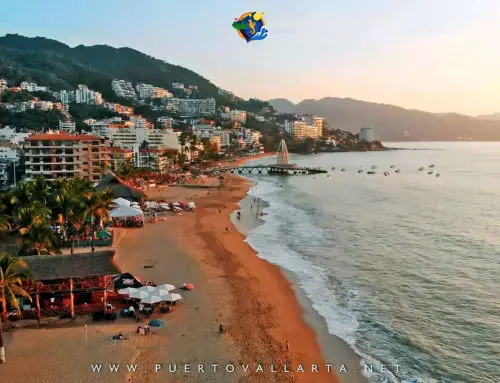
So many out of the way to visit. Thank you for the history too